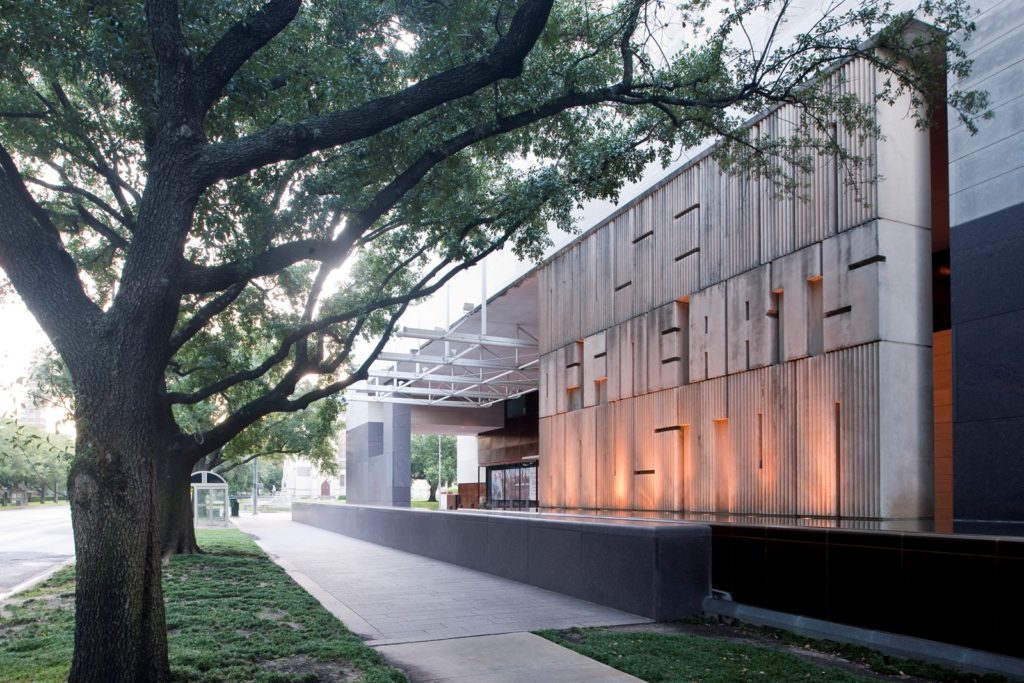Dec 5 2020 - Apr 10 2022
Houston, TX
The process of enameling has captivated artists and collectors for 1,000 years. Fire/Works: Enamel Art through the Centuries, an exhibition featuring objects from the MFAH collections, showcases the use of enamel across time and continents.
Enamel is a form of glass that is mixed with metallic oxides for color and applied to a metal or glass base through the act of firing at high temperatures. The medium can emulate the hues of precious stones, create a smooth glaze over three-dimensional forms, and produce detailed designs.
Enamel types have evolved over the centuries. The champlevé technique fills depressions carved into the ground with enamel; cloisonné involves filling cells attached to the ground with enamel; plique-à-jour filters light like small stained-glass windows; and guilloché features an engraved ground overlaid with layers of colored enamel.
Originating in antiquity, enameling flourished in Byzantium during the medieval period. In the 13th and 14th centuries, the French town of Limoges became a major producer of enamel that remained fashionable into the early 18th century. Renowned Russian jeweler Peter Carl Fabergé revived enamel techniques in the late 19th century, and in the 20th century, industry used enamel for its durability. Present-day studio enamellers continue to experiment and expand on historical methods.
Credit: Exhibition overview from museum website
Exhibition Venues & Dates
Dec 5 2020 - Apr 10 2022
Houston, TX
